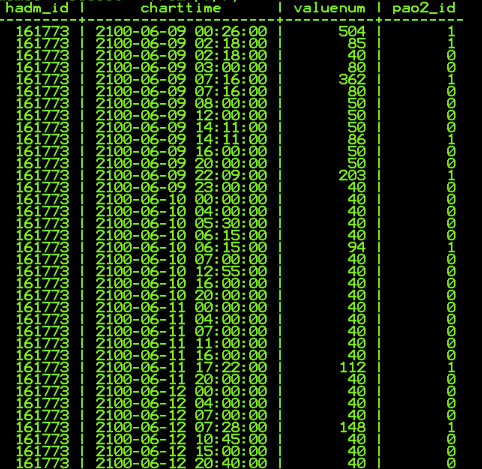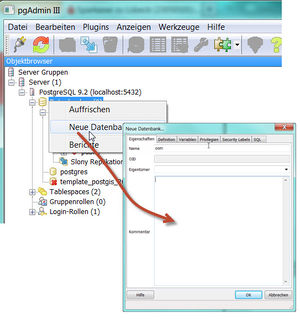In other words, from the current row the LAG () function can access data of the previous row, or the row before the previous row, and so on. Like I said this really gave me some problems at first, so before showing you the solution I’ll explain the purpose of Window functions, then talk about the lag function, then give a brief overview of the CASE statement. PostgreSQL - How to get the previous(lag). Then finally I’ll show you the complete query that gave me what I was looking for. Both offset and default are evaluated with respect to the current row.

This means that from the current row the LAG () function is able to access data of the previous row, or the row before the previous row, and so on. Ask Question Asked today. The preceding select gets the i the cube_area the dt_start of the event and does a LAG function for where the event_id is equal to the one we’re interested in. So what does LAG do in this case.
LAG takes the dt_start column as the first parameter and then a number. The number is the number of rows to lag behind the current row. One of the most important metrics of replication health, albeit seductively easy to over value, is “replication lag ”. Here I want to show practical use of windowing because it allows us to design very efficient queries. Diverse Modelle aus Karbon für gehobene Ansprüche.
Bei uns im Shop erhältlich! LAG function allows you to move backward from the current row within the targeted result set. Hi, in meinem neuesten BLOG Beitrag stelle ich die analytischen Funktionen LEAD und LAG vor, mit denen man auf Vorgängen- und NAchfolger-Datensätze zugreifen kann.
High replication lag - Stream Replication. One database is production, the other is. This aggregate function returns the value from the first or last input row in each group, ignoring NULL rows. NULLs are ignored automatically by the STRICT.

We monitor that master has as much as needed number of replics (we fire WARN event in monitoring if there is only one alive replica and CRIT if there are no alive replics). LEAD() and LAG () Function in postgresql returns value from next row and previous row in the table respectively. And we monitor replication lag , replay_location of the replica.
It returns values from a previous row in the table. To return a value from the next row, try using the LEAD function. Let’s see how they work and what kind of problems they can help us solve. It helps in breaking down complicated.
Sie müssen ein paar Startschwierigkeiten und Account-Hürden überwinden, bevor Sie richtig anfangen können. To compare each sale with the previous sale for buyer the query returns the previous quantity sold for each sale. If the given condition is satisfie only then it returns specific value from the table. You can filter out rows that you do not want included in the result-set by using the WHERE clause.
Start postgres in the standby server. It will start streaming replication. To test this I wrote a simply script which updates a random record every 0. Is it possible to add “rank column, that will increment whenever t changed? My streaming replication standby server is showing a delay of a few minutes when vacuuming a large table on the master. What is the reason for the lag , and is there a. We can see the WAL locations corresponding to sen write, flush and replay.
The value of async for sync_state shows that the clients are not synchronous standbys. Monitoring Physical Replication Slots. The view pg_replication_slots gives one row for each replication slot in.
Today when I was checking, I found that replication has not been working since Mar 1st. Im Grunde genommen erlaubt diese den Nutzern, beliebig mit dem Code umzugehen, auch der Weiterverkauf von Binärversionen ohne Quellcode ist erlaubt. Lead vs Lag is the 15th post in our PMP Concepts Learning Series.

Designed to help those that are preparing to take the PMP or CAPM Certification Exam, each post within this series presents a comparison of common concepts that appear on the PMP and CAPM exams.
Keine Kommentare:
Kommentar veröffentlichen
Hinweis: Nur ein Mitglied dieses Blogs kann Kommentare posten.